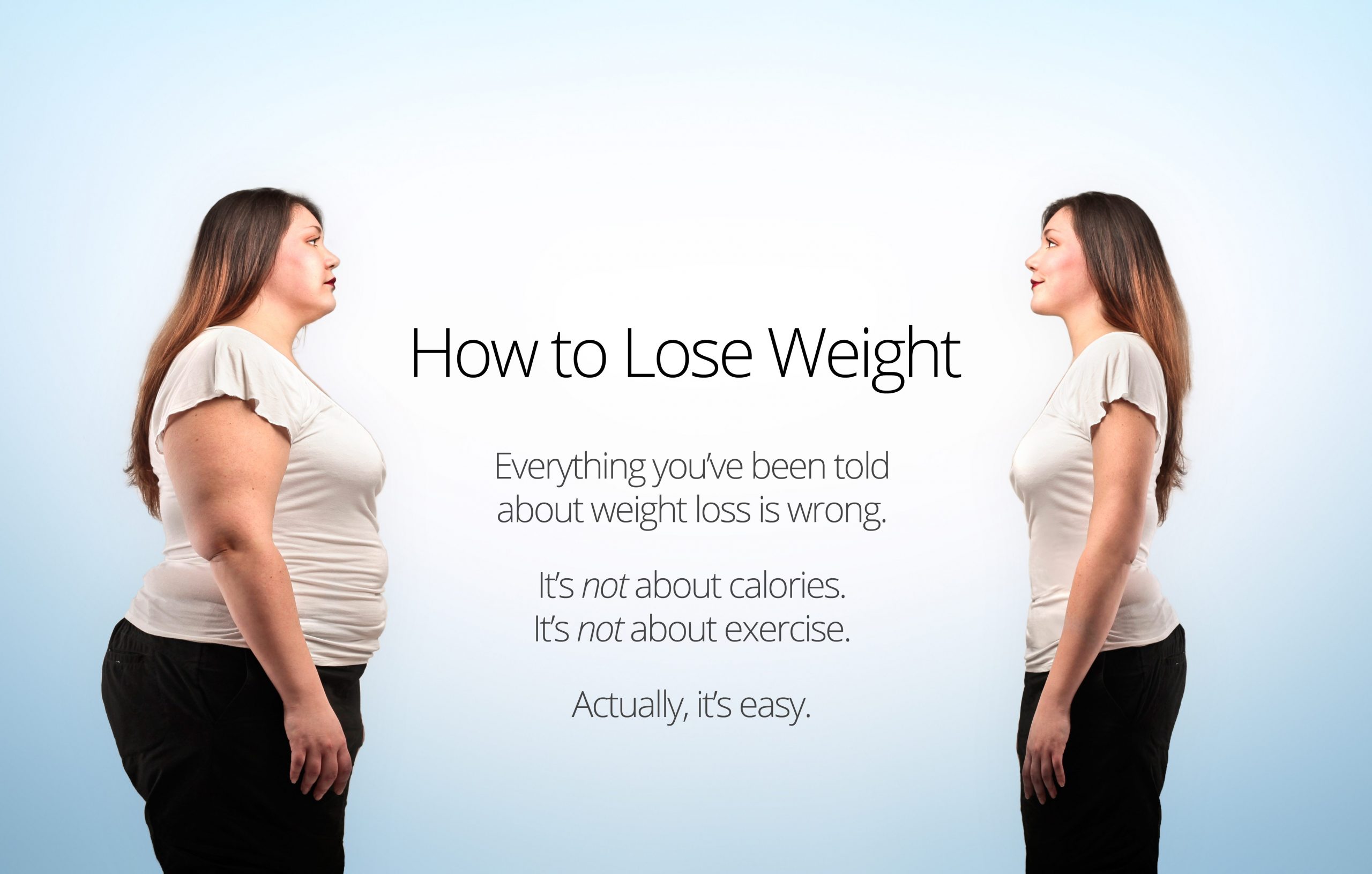The Best Options for Fat and Weight Loss
Everyone loves salt, even if you don’t want to admit it. Table salt basically consists of sodium and chlorine. It helps to increase blood water content and balances the acids in our body. It also maintains the movement of signals in our nerves. Conversely, our kidneys act as a filter for the sodium content and when there is too much to be filtered, the kidneys will be put under a lot of strain. This can lead to kidney failure if left untreated over a long period of time. Sodium is also a known cause of high blood pressure especially amongst adults and the elderly.
It is recommended that the body should only take about 2,400 milligrams of salt per day which is the size of a regular teaspoon. Instead, most of us consume twice the stated amount in our daily meals. Meat and fish are natural sources of sodium but because of additional ingredients added while cooking them, we end up giving ourselves more of it than what we really need. Processed food like hot dogs, bacon, cooking sauces, ham, and gravy has a lot more salt as compared to fresh food.

If we take less salt, what will happen to us?
To reduce sodium intake, you need to eat fresh food and avoid processed food. Before you commit to buy a certain food product, you should take the time to read the labels and find out the sodium content. The FDA has also released guidelines on how to check and buy food with less sodium which can be found online on its website. Additionally, you can also use the Best fat Burners which have low sodium levels as well.
The basics are: if you want food that has less than 5 mg of sodium in them, then you will want to buy those categorized as sodium-free. If you need food that has less than 35 mg of salt, look for those under the “low sodium” category. In case your salt requirement is then 140 mg choose “low sodium”; for 25 percent of salt go with “reduced sodium”. “Light sodium” has 50 percent of salt in the original product. If you prefer to eat healthier food, you should choose products without salt or low salt content. Never buy products that have more than 180 mg of salt.
Besides shopping for products with less salt, you can also reduce sodium by starting a low sodium diet. There is always an alternative to salt by adding in extra flavors like citrus fruits, herbs, spices, and vinegar. By opting to eat a salad with fresh vegetables, you can also reduce your salt intake. If you are cooking based on the recipe from a cookbook, it would be wise to only use half of the recipe’s required salt amount and opt to add in alternative flavors.

Being Aware Around Salt
Always read the labels because you might end up taking more salt than you need. If you take too much salt, you might suffer from possible kidney failure or cancer with the possibility of having kidney stones. Always consult a dietician or your doctor first if you are having a hard time trying to lessen the sodium intake in your daily meals. When you are eating food that is already high in sodium like fish, you should avoid adding extra salt while preparing the dish. When cooking eggs, adding spices like black pepper will increase more taste of it rather than salt.
To achieve the body we want to have, we need to live a healthy lifestyle by eating fresh and balanced food without putting any excess salt in it. We must be in the regular habit of working out like committing ourselves to jog, exercise, and yoga. There are many alternatives to adding salt to improve the taste of our food. Try to prioritize healthier options first before you reach out for the saltshaker.

